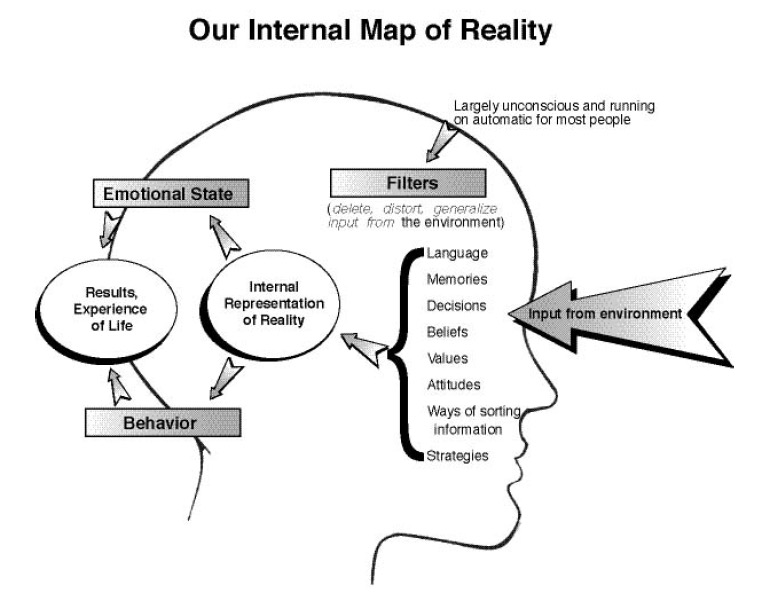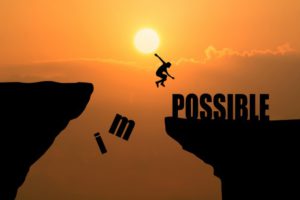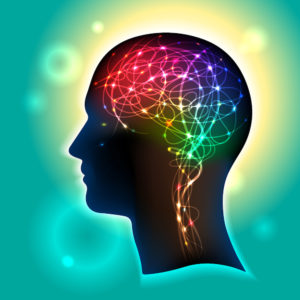- You are here:
- Home »
- Blog »
- Exploring Your Internal Map Of Reality (Series) »
- Exploring Your Internal Map Of Reality Part 10: Modelling
Exploring Your Internal Map Of Reality Part 10: Modelling
This article discusses Modelling and the Internal Map Of Reality
The Map of Reality Revisited
 In the last part of this series we talked about perfection being a direction not a destination.
In the last part of this series we talked about perfection being a direction not a destination.
This time we are going to look back on the series and see how the components of the Internal Map of Reality work together and how you can use them to become successful at anything.
So briefly recapping, the Internal Map of Reality works in the following way:
- You get input from the external environment from one or more of your senses.
- You make internal representations, usually defined by the nature of the input
- An Internal State is reached and / or
- A feeling or behaviour is experienced.
Remember, an internal representation is just a fancy way of saying making internal pictures, sounds, etc.
We then talked about the components:
- Values are things you find important.
- Beliefs are things that are true to you.
- Chunking is the way you manage the size of information you receive.
- Modalities and Submodalities are ways of storing an internal representation, eg visual, kinaesthetic.
- Metaprograms are the preferential ways that information is processed.
- Strategies are sequences of internal representations that lead to an outcome.
The benefit of knowing about this information is that we can use it to get better results in our lives, to improve our experience of the world, and get more successful outcomes. This process is called modelling.
So what is Modelling?
Modelling is a way of replicating the results of someone else for yourself. In crude terms it is copying the behaviour (internal and external) of other people.
 For instance, if you play golf, you would copy the golf swing of, say Tiger Woods or Jack Nicklaus.
For instance, if you play golf, you would copy the golf swing of, say Tiger Woods or Jack Nicklaus.
However, that is just the outward physical actions that these people take. If you model a business person such as Elon Musk or Jeff Bezos, you would also seek to replicate their ways of thinking – their own Internal Maps of Reality.
When modelling someone who is successful at what you want to be successful at, you would want to ascertain their beliefs, values, modalities and submodalities, metaprograms and strategies.
It’s also useful to model two or more people who have gotten the same result that you want. The reason for this is, there will be some behaviours that are peculiar to that person and there are others that are applicable to all people who are successful in the category you want to be successful in.
Ask Revealing Questions about: Beliefs, Values, Metaprograms, Strategies etc.
When modelling someone, the key is to ask revealing questions of them. If you are lucky enough to meet famous people you will be able to ask them personally. However, many famous and successful people do publish books and do interviews. You can do indirect research by studying those materials.
Some people may just call this learning from a master – coaching, training, mentoring, etc., but in practice you are really trying to probe their own internal map of reality.

For instance, if you were modelling a relationship expert, you might ask the following questions:
- ‘what do you believe about relationships’ (beliefs)
- ‘what’s important to you about relationships’ (values)
In these two examples, you will discover the content of these beliefs and values, but you might also discover whether they are talking in terms of towards or away (direction filter) – e.g. ‘It’s important to avoid X’; ‘I believe that you should always seek Y.’
You might then ask a question that finds out their metaprograms:
- “Is it necessary to do X in a relationship?”
- “Is it possible to do Y in a relationship’
(sorting by possibility or necessity).
 Most successful people sort by possibility, so check the language used to see if they give this away.
Most successful people sort by possibility, so check the language used to see if they give this away.
Similarly with representational systems.
 In the article on modalities and submodalities we mentioned that people give things away in the way they speak.
In the article on modalities and submodalities we mentioned that people give things away in the way they speak.
For instance, someone who prefers kinesthetics will say things like ‘that feels good’, and someone who prefers auditory will say ‘that sounds OK to me’.
These clues assist in which rep. systems are more appropriate for the thing that you want to be successful at.
 If you are modelling someone who is a sports expert, say in tennis, you might ask questions that elicit their physical state.
If you are modelling someone who is a sports expert, say in tennis, you might ask questions that elicit their physical state.
For instance, how do they breathe when they are serving the ball, vs how they breathe when they are receiving the ball, what’s their posture in both situations, etc.
Similarly, posture has an effect on your mental state. If you stand up tall you will often be more self confident than if you slouch around.
So what do you do with this information?
Once you have got the answers from the subject or subjects of the modelling exercise, the next step is to adopt them for yourself.
You can adopt their beliefs and values, you can use their strategies and metaprograms, as well as all the other components of their internal map of reality.
 The way to do this is to focus your mind on these things. If you find yourself not believing something that your model believes, accept that for your model it does work and focus on the same belief for yourself.
The way to do this is to focus your mind on these things. If you find yourself not believing something that your model believes, accept that for your model it does work and focus on the same belief for yourself.
Remember, people can, and do change their values and beliefs. It is merely a matter of choosing to do so. Given that the model has been successful with these values and beliefs, it seems logical to give them a try yourself.
In previous articles in this series, I have suggested how to change the components of your map of reality. You can also enlist the services of a coach such as a life coach, sports coach, relationship coach, etc. See my article on Life Coaching for more information, or if you would like a FREE coaching session with me, visit this page.
Two Levels of Modelling
There are 2 levels we can model someone at. The first is called ‘pattern modelling. ‘ With this, you figure out what the model actually does. You detect patterns of behaviour that lead to the results that the model gets. It’s ‘what’ is done. In other words, watch a golfer swing or a tennis player serve the ball.
 The second level of modelling is more sophisticated and is concerned with how the pattern arises in the first place.
The second level of modelling is more sophisticated and is concerned with how the pattern arises in the first place.
It looks at all the components of the internal map of reality and ‘how’ it is done.
You would look at the golfer’s ‘mindset’ (a.k.a. Internal Map Of Reality) – for instance the beliefs about his own abilities, the skill levels required to be a champion, etc.
When you look at second level modelling, you get a deeper level of understanding about human behaviour and the results it gets, rather than a superficial one. You are looking at all the components of their Internal Map Of Reality, not just their physical actions.
To Sum Up
In summary, whenever you want something in your life – for instance a successful relationship, to be financially secure and successful or simply to be happier, just model someone else who has achieved it.
Next: we wrap up the entire series on the Internal Map Of Reality.
